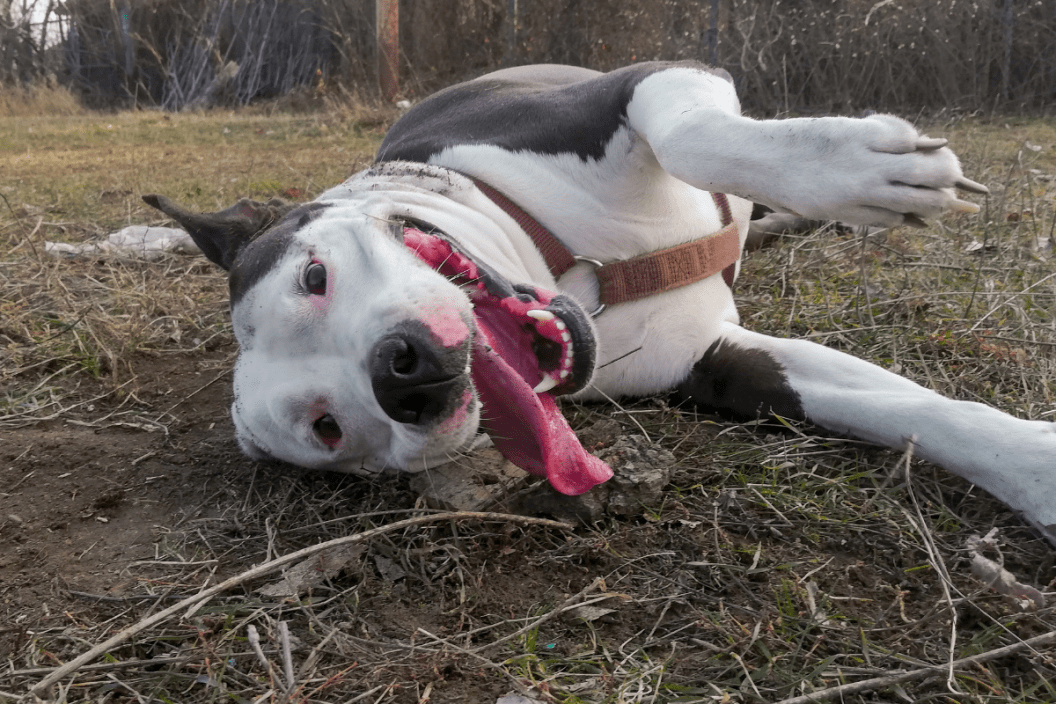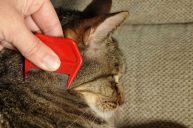As scary as they can be, seizures are not uncommon in dogs. Sometimes, it's genetics; Border collies, Australian shepherds, and Labrador retrievers are just a few of the dog breeds that are prone to having seizures. These epileptic episodes can also be caused by exposure to a toxic substance, such as rodent poison or toxic human food. Other times, tumors in the brain are to blame for a dog's seizures. While it's impossible to predict whether or not your dog will suffer from seizures during their lifetime, it's best to know how to deal with them if and when they do occur.
My sweet pup Paisley suffered from a sudden onslaught of seizures just before her sixth birthday. Unfortunately, in her case, vets could not diagnose the exact cause. These episodes quickly progressed from intermittent occurrences to multiple seizures happening every few days, even with anti-seizure medication. If you have never experienced a dog seizure, it can be a terrifying experience that leaves dog owners feeling completely helpless. Luckily, one veterinarian created a now-viral TikTok that explains exactly what to do if your dog has a seizure.
It's rough to watch your four-legged best friend go through something like this, but it's best to be prepared in case they do.
@doctor_tori What to do if your pet has a seizure! #veterinarian #vetmed #dogs #dogsoftiktokviral #dogsofttiktok #epilepsy #seizure #pettips #CapCut #Totinos425 #onlyinmycalvins #fyp #foryoupage #fypage
RELATED: How to Recognize Seizures In Dogs + How They Differ From Humans
In the video, Dr. Tori explains that a family member was the inspiration behind sharing this information. Her cousin frantically called her early in the morning, trying to figure out if her dog was having a seizure or not. While the pup ended up being just fine, the scary situation highlighted the importance of recognizing the signs of a dog seizure.
Here's what to look out for:
- Paddling
- Foaming at the mouth
- Vocalizing
- Facial twitching
Dr. Tori points out that there is a wide range of seizure indicators, and these four are just a few of the more common ones. Dog owners might also expect to see collapsing, drooling, stiffening, jerking, or loss of consciousness, depending on the severity of the seizure.
How to Help Your Dog During a Seizure

If your dog is exhibiting symptoms of a seizure, Dr. Tori says you should handle the situation using the following steps:
- Take a deep breath, and don't panic. While the situation is incredibly scary, you have to be calm to take the appropriate steps to help your dog.
- Move your dog to a safe location. Your pet has no idea what is going on around them. If they are outside, make sure they are in a location where they cannot get hurt by falling into a pool, rolling into a pond, or tumbling down a hill. If they are inside, ensure that they will not hurt themselves by slamming into a table or other hard furniture.
- Time the seizure. It may be difficult to remember to time the seizure, but you should try to get an estimate. Timing matters in regard to the severity of the seizure. When our vet asked me how long Paisley's seizures had lasted on average, I had no idea. My estimate was probably longer than it actually was. But, as Dr. Tori points out, seizures feel like they go on for a very long time.
- Take your dog to the vet immediately if the seizure lasts more than 5 minutes. When a seizure lasts for 5 minutes or more, brain damage can occur and it becomes a medical emergency. A vet can assess the situation and administer medication to get the seizures to stop. They can also do bloodwork and run tests to see what may be going on.
Dr. Tori also highlighted a few things that pet owners should not do if their dog has a seizure:
- Do not lay on your dog. This could lead to seriously injuring your dog or yourself.
- Do not place your hand in your dog's mouth. Your dog does not have control over their body during a seizure and it's likely that they'll accidentally bite you.
What to Do After a Dog Seizure

After the seizure, your dog may not exhibit normal behavior. These post-seizure behavioral changes can last up to a couple of hours. Immediately after the seizure has ended, call your vet so they can schedule a visit and assess the situation through a physical exam, blood tests, and more.
While seizures can be a horrible experience for you, your pet, and your family, awareness can help you best handle the situation and keep everyone safe.
For more professional pet advice, follow us on our Wide Open Pets Instagram!




